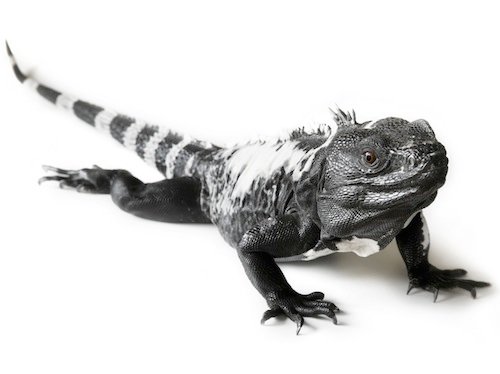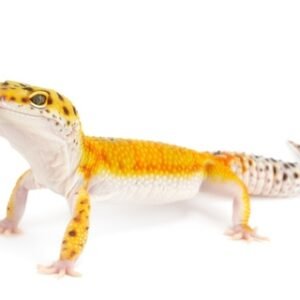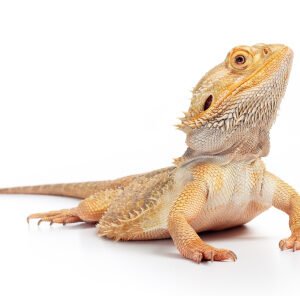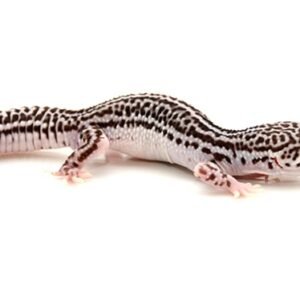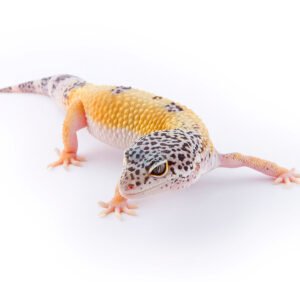Understanding the Spinytail Iguana: Habitat and Behavior
The spinytail iguana, scientifically known as Ctenosaura, is predominantly found in Central America and parts of Mexico. This lizard species thrives in various habitats, including dry forests, coastal regions, and scrublands. Their natural environment plays a crucial role in shaping their behavior and adaptations. Typically, spinytail iguanas prefer rocky areas and trees where they can bask in the sun, which is essential for thermoregulation, a vital component of their health and well-being.
Behaviorally, spinytail iguanas exhibit both diurnal activity and a strong affinity for climbing. These adaptations are critical for foraging and evading potential predators. They are primarily herbivorous, feasting on a wide variety of foliage, fruits, and flowers. The ability to process different types of plant matter necessitates a specialized digestive system, which influences the dietary requirements for pet owners willing to adopt these reptiles. Understanding their natural feeding habits can guide owners in preparing a balanced diet that mimics their wild foraging.
Socially, spinytail iguanas can be territorial, particularly males during the breeding season. They communicate through body language, displaying various postures and colors to assert dominance or attract mates. These intriguing social interactions emphasize the importance of providing adequate space in captivity to prevent stress and aggression among iguanas. Incorporating ample hiding places and perches can encourage natural behavior and reduce territorial disputes. Additionally, the spinytail iguana’s activity levels fluctuate, often peaking during the midday heat when they are more likely to bask. Keeping these behavioral traits in mind is crucial for creating an enriching environment that promotes their physical and psychological well-being in captivity.
Creating the Perfect Home for Your Spinytail Iguana
Setting up an appropriate habitat for your spinytail iguana is crucial for its health and well-being. These reptiles require a spacious enclosure, with a minimum size of 4 feet in length and 2 feet in width. A larger environment not only provides ample space for climbing and basking but also encourages natural behaviors, contributing to the iguana’s overall happiness. The enclosure should be vertical to allow climbing opportunities, with branches and platforms that simulate their natural habitat.
Heating and lighting are essential components of a suitable home for your spinytail iguana. Providing a basking area with temperatures ranging from 95°F to 105°F is important, as it enables your iguana to thermoregulate. The cooler side of the enclosure should be around 75°F to 85°F. Additionally, ultraviolet (UV) light is vital for the iguana’s health, as it helps in metabolizing calcium and preventing metabolic bone disease. A UVB light source should be provided and replaced every six months to maintain effectiveness.
When choosing a substrate for your iguana’s habitat, opt for safe materials that promote health and hygiene. Options like coconut fiber or reptile carpet are suitable, as they help maintain humidity levels without posing a risk of ingestion. Humidity should be kept between 60% and 80%, which can be monitored using a hygrometer. Regular misting of the enclosure and the use of a water dish can help achieve these humidity levels.
To ensure your spinytail iguana remains active and engaged, enrichment is key. Incorporating various climbing structures, hiding spots, and providing access to safe foliage will stimulate their natural instincts. Socialization is also important; handling your iguana gently and regularly can foster trust and a bond between pet and owner, further contributing to a thriving environment for your spinytail iguana.

